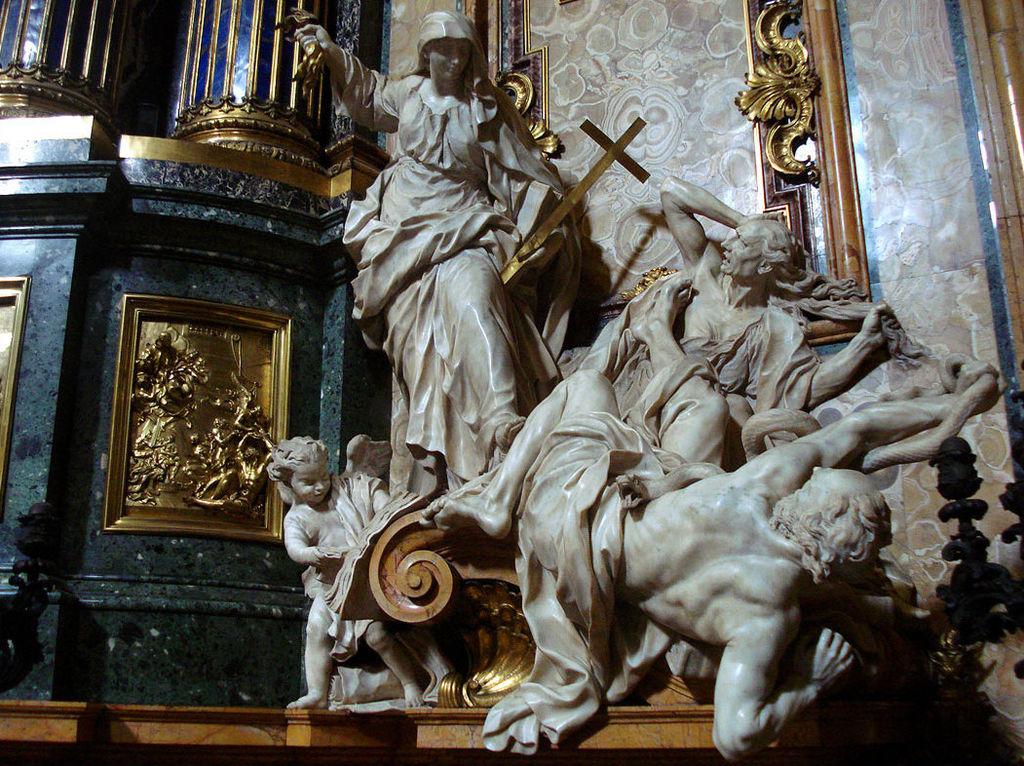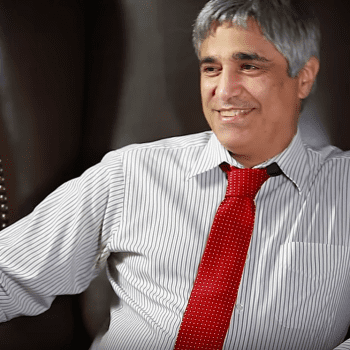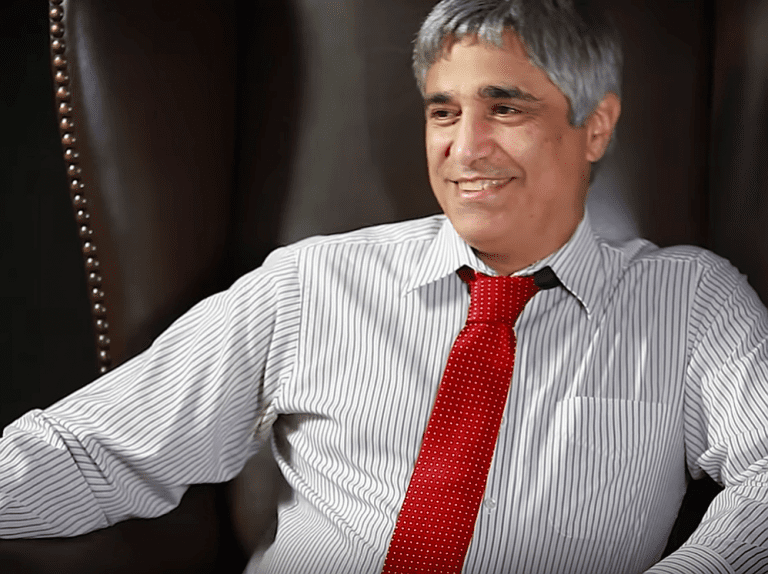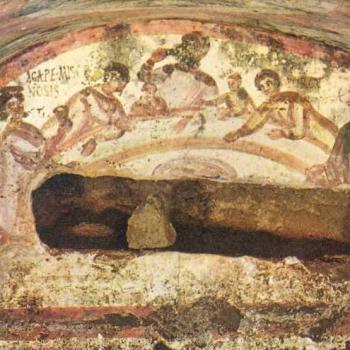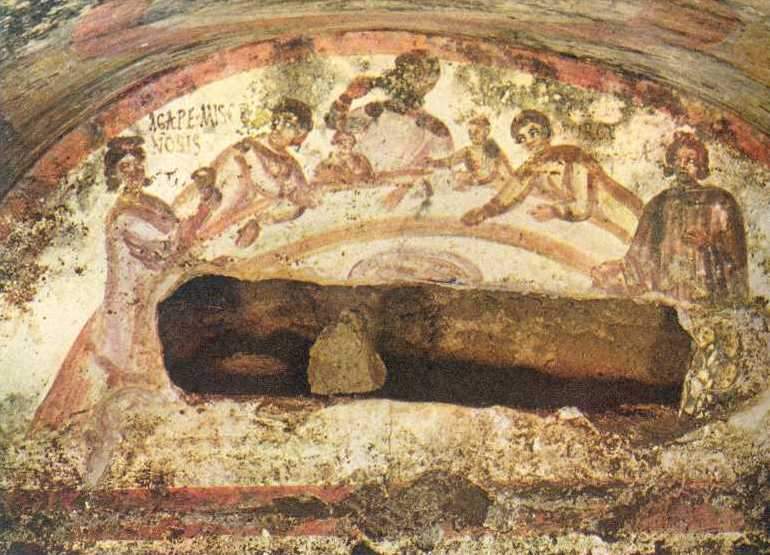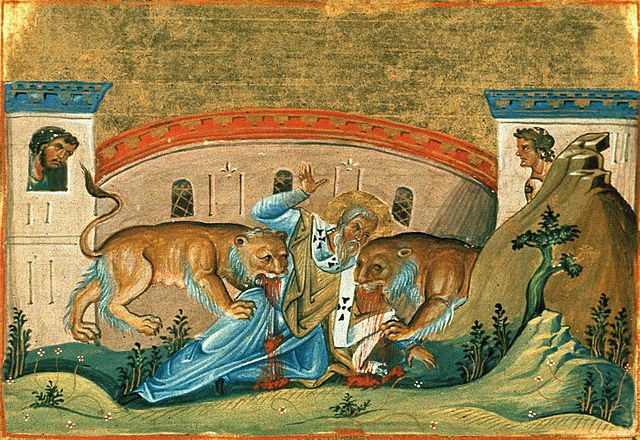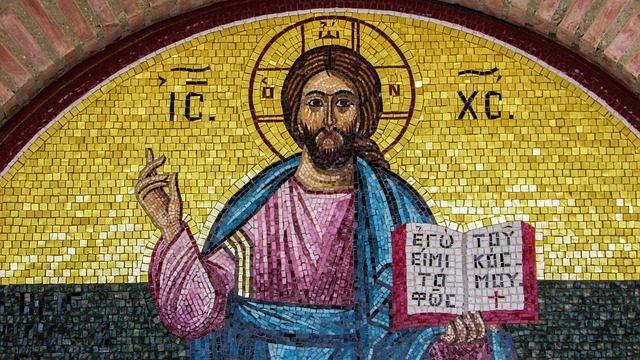I’m interested in Christian art, and I just became aware of a remarkable–and twisted–example.
I was reading Ray Keating’s new Pastor Steven Grant thriller, Vatican Shadows–more on that later, when I review it–and figuring in the novel is a work of art in the Church of the Gesù in Rome, the mother church of the Jesuits, where St. Ignatius of Loyola is buried. It’s an over-the-top baroque sculpture by the French artist Pierre Le Gros the Younger (1666-1719) titled “The Triumph of Faith Over Heresy.” (Also known as “The Triumph of Religion Over Heresy” or over “Heresy and Hatred,” or “Religion Overthrowing Heresy,” or “Heresy and Hatred.”)
The sculpture, made between 1695 and 1700, depicts a female figure, looking like the Virgin Mary, but evidently an allegorical figure for “Faith” or “Religion,” brandishing in her left hand a cross like a weapon and holding in her right hand fire. She is trampling on two figures, who are writhing in terror and agony, with a serpent wrapped around them as they are falling into Hell.
The figures are identified as Martin Luther and the proto-Reformer Jan Hus. They don’t look like either of those individuals. Then again, in 1695, in that era before visual images could be mass-produced and broadcast far and wide, people didn’t necessarily know what important figures looked like. Still, it might be better to understand these two (one of whom some commentators say is an old woman) as allegorical figures representing heresy in general (or perhaps heresy and hatred). But, lest there be any doubt about the work’s application, underneath the heretic who is spilling down into the viewer’s space is a book with a binding that says “Martin Luther.” Other books are depicted as being by “Calvin” and “Zwingli,” whose book is being ripped apart by a putto, or baby angel.
I understand that Ignatius Loyola, buried nearby, is the founder of the Jesuit order, whose purpose at the time was to carry out the “counter-Reformation,” which involved suppressing the Reformation. I concede too that the Reformers could also get harsh in their depictions of the Pope and the theology he presided over. I just find this depiction jarring as a devotional object in the setting of a church.
What really struck me, though, in this religious sculpture (which I reproduce here) is the way “Faith,” or “Religion,” is dealing with these “heretics.” With the cross in her left hand, but with her right hand wielding fire. This is referring for the devotional benefit of the faithful, to the practice of dealing with heretical ideas by taking those who believe them and burning them to death.
For the heresy of believing that the laity should be allowed to receive the wine in Holy Communion, Hus had his promise of safe conduct to the Council of Constance violated, whereupon he was tied to a stake, wood was piled around him up to his neck, and he was set on fire.
Luther, somewhat to his surprise, avoided this fate, but many Lutherans did not. Henry VIII of England also liked to burn heretics, including after he himself broke away from Rome so that he could head the Church of England. Henry burned the English Lutheran Robert Barnes. He also colluded with Catholic authorities in Belgium to burn William Tyndale for the heresy of translating the Bible into English, along with the heresy of criticizing the king for his many marriages.
When a subsequent English monarch, Queen Mary (aka, “Bloody Mary”) tried to bring her dominion back to Catholicism, many more Protestants were burned. Thomas Cranmer emulated Luther’s liturgical reforms in Wittenberg in his Book of Common Prayer, which, in turn, influenced the English-language liturgy that we American Lutherans use, in particular the Collects that we pray every Sunday. For that heresy, he was burned, something that we should remember when we take our worship for granted.
Luther himself said that heresy should be dealt with by the Word, not the Sword (or the torch). In his writings, Luther upheld the freedom of conscience and rejected coercion in matters of faith. Not that he was a religious libertarian by today’s standards. He urged the Princes to use force to put down the peasant rebellion led by “enthusiasts,” who taught that the Holy Spirit inspired them directly, with no need for the Bible. And he advocated that the Anabaptists should be driven out of Lutheran territories. Although Calvin presided over the burning of Michael Servetus for not believing in the Trinity, I am not aware that the Lutherans burned anyone at the stake. (Correct me if I’m wrong.)
But how horrible was this practice. And yet, this work of religious art celebrates the burning of heretics as a pious act. Indeed, the Inquisition–that investigative arm of the Counter-Reformation–called its tortures and heretic burnings an auto-da-fé, an “act of faith.”
Also striking is that I too, along with my fellow Lutherans and all of us Protestants would also be considered heretics in need of burning. To be sure, the Roman Catholic church today has changed its tune, considering us “separated brethren,” though some of that sentiment remains, though the statue remains in Rome and some Catholics still praise its sentiments.
Last Sunday, our Gospel reading included this saying of our Lord: “The hour is coming when whoever kills you will think he is offering service to God” (John 16:2).
Next Sunday, on Pentecost, our granddaughter is being confirmed, a rite that will ask her to make this promise:
P Do you intend to continue steadfast in this confession and Church and to suffer all, even
death, rather than fall away from it?
R I do, by the grace of God.
Sometimes it comes to that.
(For other discussions of this object d’art, see what Philip Jenkins has to say about it. Also Tim Challies, who notes that an adjoining chapel offers a 300-day indulgence for those who enter it “in a contrite spirit.”)
Illustration: “Religion Overthrowing Heresy and Hatred” by Pierre Le Gros the Younger (1695), photo by Tetraktys, CC BY-SA 3.0 <https://creativecommons.org/licenses/by-sa/3.0>, via Wikimedia Commons



